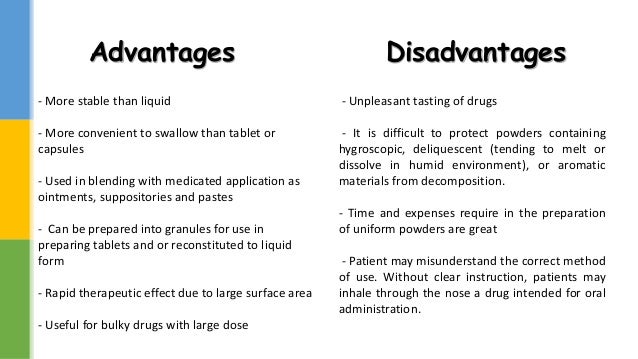Serial Dilution Advantages And Disadvantages
Each calibration standard solution is prepared based on the previous calibration standard. The process involves taking a portion of the previous standard and diluting it with the solvent to obtain the next calibration standard. The errors introduced with each successive dilution drops proportionately with the solution concentration. Preparing a series of calibration standards by this method reduces the amount of required time.
The serial dilution method involves a stepwise dilution of a substance in solution. Generally the dilution factor at each step is constant. It helps to reduce a dense culture of cells to a more usable concentration. A specific amount of bacteria are reduced with every dilution. Serial key driver detective. May 10, 2018 - Advantages And Disadvantages Of Serial Dilution Technique And Other Methods. 18 List at least one advantage and one disadvantage.
Most calibration standards span a large range of concentrations, so the accuracy of the calibration standard prepared increases. Calibrations Solutions More Evenly Spaced.
Canon l10576e drajver windows 7. After downloading your driver update, you will need to install it. It is software which finds, downloads and istalls the correct driver for you - automatically. Driver updates come in a variety of file formats with different file extensions. For example, you may have downloaded an EXE, INF, ZIP, or SYS file.
The dilution factor chosen for the series of calibration standards is achievable by using serial dilution. The progression of calibration standard concentration is always a geometric series. Consider the example of making the first standard at 1/3 the concentration of the known, the next calibrant would be 1/9th the concentration of the known and the following two calibrants formed are 1/27th and 1/81st. This becomes a much greater advantage when the span of the calibration standards must cover several orders of magnitude in concentration.

DIRECT DILUTION Different volumes of the same stock solution are transferred directly to the assay plate The generation of IC 50 or EC 50 data is a key component of drug discovery processes. The setup of IC 50 curves have traditionally been a liquid handling challenge that is prone to error. The use of the eliminates these errors, enabling discoveries that would have been missed by other methods. By coupling the Echo Liquid Handler with and, IC 50 data is generated more accurately and more efficiently than traditional methods. Traditional Method: Serial Dilution Traditionally, scientists have approached the generation of IC 50 data in similar manners.
Starting with a high concentration of drug in DMSO or buffer, they create their initial stock and then dilute across a series of wells. A small amount of the high concentration well is transferred to the next well, containing buffer or solvent. The process is repeated, resulting in each successive well at a concentration increment lower than the previous well. As this technique has been the only available approach to IC 50 curve generation, the inherent drawbacks for this method are not often considered. The risks in this technique include. Compound Precipitation Many serial dilution techniques start with a compound in DMSO diluted into buffer. As this first step is the highest concentration of compound, the change in buffer solution could cause material to precipitate out of solution.
Subsequent dilution of the first sample in a serial dilution method may transfer the compound at a far lower concentration than anticipated. Compound Waste To avoid the above scenario, some will serially dilute compound into the same storage solution (usually DMSO).
The generated IC 50 curve DMSO is then added in smaller volumes to an assay. While this method reduces the risk of compound precipitation, it usually requires far higher volumes of compound to be used in order to produce the full curve. This results in waste of compounds that may be unique or not readily available, and increased DMSO waste and disposal costs. Major drawbacks of error in the serial dilution process are readily apparent. Each risk may result in compounds appearing to be less potent in a screening method. For example, in an inhibition study, the errors in a serial dilution process may cause the researcher to incorrectly rank factors causing potency, dismiss potential drug candidates, or dismiss entire classes of compounds that may be potential drug candidates. In ADME Tox studies, serial dilution process errors may result in compounds appearing less toxic, resulting in the carrying forward of a drug candidate that is destined to fail trials.
As there is so much at stake in the IC 50 curve generation process, it is key that the experiment is set up correctly. Icon-echo-dr Echo Software for Direct Dilution The application simplifies protocol creation for direct dilution. A wizard guides researchers through the mapping of transfers from stock and intermediate concentrations to create curves of varying concentration range. The entire workflow can be managed in a single protocol, and samples may originate from a single source plate or picked according to a file. The built-in simulator shows the creation of each curve for a quick verification of the transfer protocol.